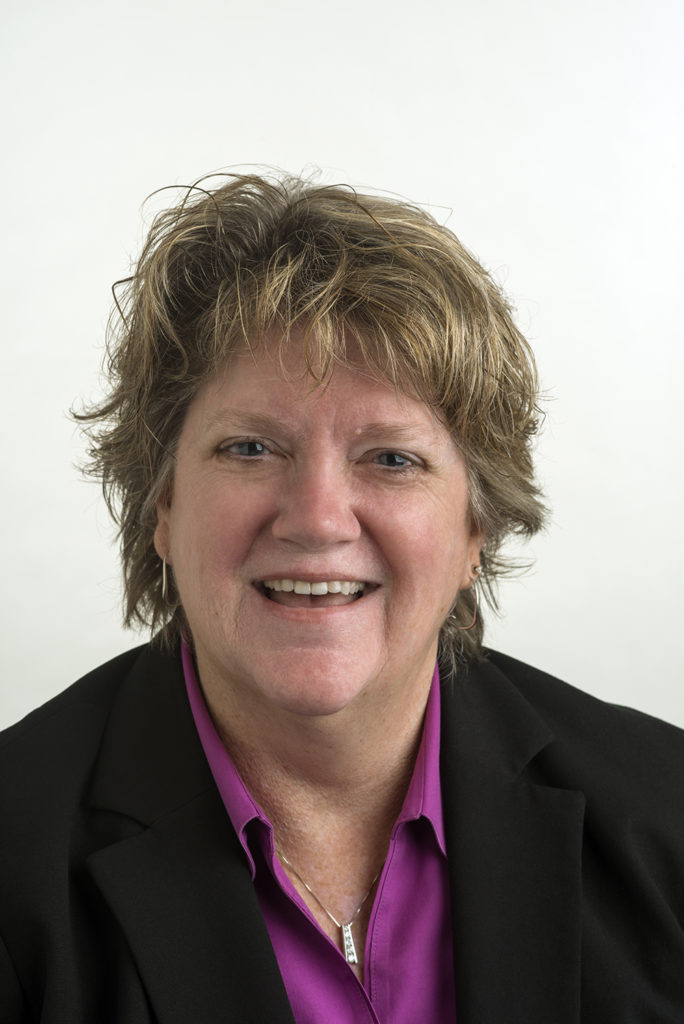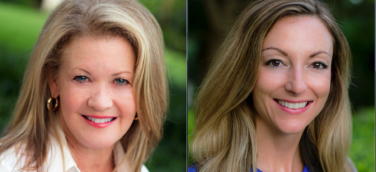InCrowd and Physician Moms Group (PMG) are teaming up to help increase the representation of female physicians in pharma market research. InCrowd, which offers real-time market intelligence to the life sciences and healthcare industries, was founded by two women, Janet Kosloff and Diane Hayes, who wanted to innovate the traditional market research industry. One way they are seeking to do that is by collecting a diverse group of respondents, which they call crowds, to respond to their clients’ inquiries. Meanwhile, PMG was also founded by two women, Dr. Hala Sabry and Dr. Dina Seif, who wanted to create a private place for female physicians to confidentially discuss their professional work as well as trying to balance being a mother and a physician. The group started as a Facebook page, but over the course of a few years has grown into a community of more than 65,000 members.
Through this partnership, InCrowd and PMG will increase the perspective of women physicians in market research, which would result in more complete and nuanced research. PM360 spoke to Hayes about the partnership, including how it formed, what it means for pharma, and what else the company is doing to grow its crowd.

PM360: How did this partnership between InCrowd and PMG come about?
Diane Hayes: Our side is focused on finding respondents for inquiries we get from clients. Those respondents form our crowd. We reached out to PMG because we were really impressed with their ability to create such a successful and useful group. So, we approached them about forming a relationship with us in terms of signing up their members to respond to our surveys. Currently, we are in an agreement where they send us physicians to register on InCrowd and we pay them for those respondents.
Beyond just their number of physicians, what else led you to partner with this group?
When it comes to doing market research in the life science industry, certain people are considered the prototypical respondents. What we’ve been trying to do over the years is expand that group of respondents so that we get a broader and broader view. And fewer women, in general, have been included in the panel of physicians who respond to market research inquiries. When we saw this really successful group of female physicians, we felt it would be a good target for us as we try and address that issue and grow our panel of female physicians.
How many of their members have you gotten to register as part of your crowds?
We have only been doing this for a month, but thus far we have 325 physicians who’ve registered. So, we’re pretty excited to have such a big surge up front. And we hope that being a startup ourselves that was also founded by two women, that we are able to generate interest a little bit differently than your standard research panel, in which a group of respondents is collected and hammered on until you cannot squeeze another ounce out of them.
That’s not been our tactic with our crowd of physicians. We’re very careful to take good care of them, nurture them, and keep them engaged. We are also very committed to hitting a broad respondent group so that we’re representing the overall physicians’ impressions for our clients. It just produces better quality data and personally, as an epidemiologist, it is very important to me that we focus on getting representative respondents so that the quality of our data is stronger.
How much do you pay PMG members to respond to your surveys?
They are paid every time they answer a survey, and the payment just depends on the length of the survey. They might make as little as $10 or $15 or as much as $25 or $30 per survey. They are able to accrue their earnings in a bank and cash out whenever they want.
We are in the business of doing micro surveys, which means they’ll be ten minutes or less. And our typical survey takes about four to six minutes. The reason we do that is to get responses from physicians during the course of their busy day. If you were asking them to do a 25- to 30-minute survey, then they would have to carve out some time to do that. They could do a four- or five-minute survey while they’re waiting on the elevator or on their way to lunch.
Do you have any plans to continue to expand your crowds beyond the PMG partnership?
We always have clients who are interested in a particular type of respondent. For instance, many clients are interested in oncologists. The field of oncology itself is ever evolving with a lot of new therapies coming to market. And as these new therapies become available, of course, life science companies are interested in hearing how physicians use them and what kind of experience their patients have with the products.
So, we target our recruitment efforts based on who clients want to hear from. Otherwise we would essentially be boiling the ocean and recruiting every kind of physician imaginable who we may or may not use. And what we found is that the biggest complaints from our respondents is that they want to get more surveys, and if we recruit people who fall outside of specialties that our clients are interested in then it’s hard to keep them happy.
Over the next 12 to 18 months, we plan to focus in on those target respondents who fall within specialties, prescribing patterns, age groups, and maybe even practice settings of our key clients and going after those respondents more aggressively than we might the general population of physicians.
Before I let you go, is there anything else you want to add about your efforts to grow your crowds?
In terms of our respondents, we’re also interested in other kinds of clinicians, such as nurses, PAs, dentists, and other kinds of providers whom our clients are testing products with. So, we’ve also been focusing on a variety of different tactics within the U.S. to pull those kinds of folks in, including going to conferences, advertising, and writing blog posts with different groups in order to generate interest. So, this partnership with PMG group is just one example of our successes.





